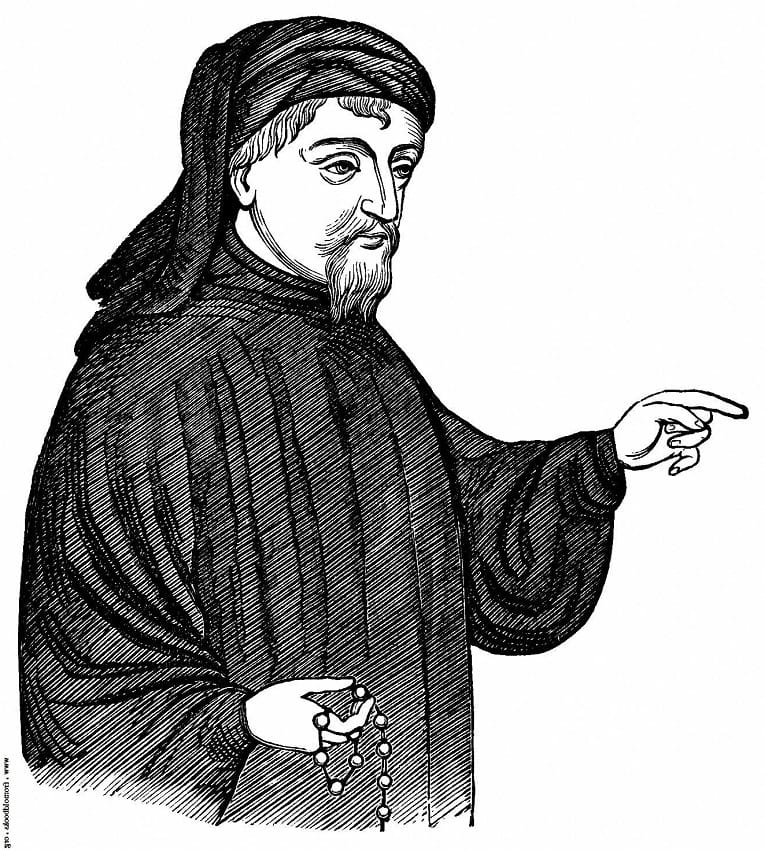
Essay on Geoffrey Chaucer’s The Canterbury Tales
The colourful description of Middle Ages English lifestyle is presented to the reader by Geoffrey Chaucer in his General Prologue to The Canterbury Tales. I aim to discuss the Chaucerian irony in The General Prologue in the present essay by analyzing the three of the portraits depicted in it and taking into account the narrator’s observations as well. In my opinion the major value of the skillfully written General Prologue is the chance given to the modern audience to have an insight into the medieval life of Chaucer’s times.
First of all, it’s important to mention that the portraits described in the General Prologue include various types of people. It should be indicated that the objects of author’s satire are the morals and eccentricities of the different social groups of the Middle Ages England, their weaknesses and virtues, and of course the corruption that took place within the three medieval social groups, such as clergy, nobility, and peasantry. (“The Middle Ages Topics”, n.a.)
The “narrative” style of the Canterbury Tales helps Geoffrey Chaucer to depict the representatives of the each social estate by comparing and contrasting it to each other. The narrator can’t be identified as the author himself, and it seems that the narrator took the reporting role, but he is not a judge for the characters he portrays. The author even makes fun of the narrator. When the narrator describes himself “My wit is short, ye may well understand.” (Greenblatt, 1996). There is a clear emphasis on the naivety of the narrator in the General Prologue.
Firstly Chaucer’s excellent irony could be noticed when author apologizes for not putting the portraits in the right social order while the depicted pilgrims are often dissatisfied with their degree in society and are eager to increase their wealth and improve their social status. (“Brother Anthony’s Literature”, 1997) Another good ironic point of the story is the reasons why pilgrims need to visit the shrine of St. Thomas a Becket. It appears that majority of these people decided to do their pilgrimage because of health issues but not of religious beliefs.
As for the portraits, I need to specifically note that the Chaucer’s ability to sympathize allowed him to create an ironic and credible story despite the limitations of the time he lived in. These portraits actually are universal and could be found in any century with little amendments.
The first portrait that I suggest to discuss is the Prioress. Chaucer gives a full description of this character. The ironic emphasis is made on the Prioress’ values. Although it should be noted that narrator doesn’t judge the Prioress’ weaknesses but simply describes them. For instance, the food seems to concern this character more than her prayers and her kindness targets animals but the Prioress’ doesn’t demonstrate apparent sympathy to people. There few other details about the Prioress that suggest this woman of God can’t be defined as the spiritual and moral example for others.
Another interesting person that I’ve chosen for discussion is the Doctor of Physic. The interesting aspect is that this man is praised by the narrator and is considered as the prominent master of medieval medicine. But author reveals the secret by informing the audience that the Doctor of Physic is actually in love with gold. Another ironical Chaucer’s character is Franklin. This country gentleman’s interest is food; he loves his food more than anything else in the world.

